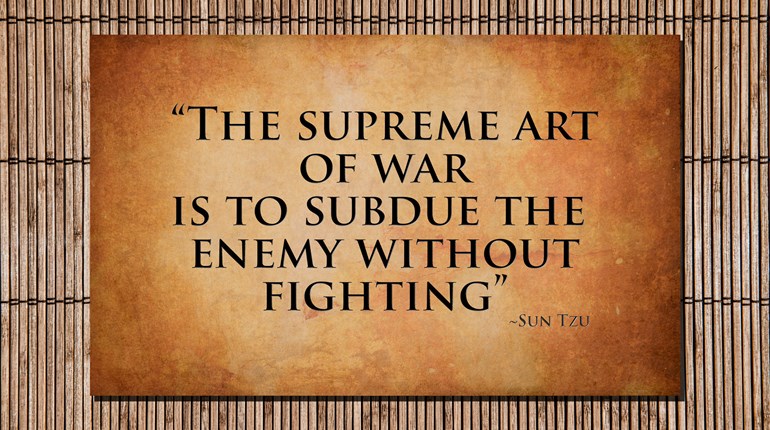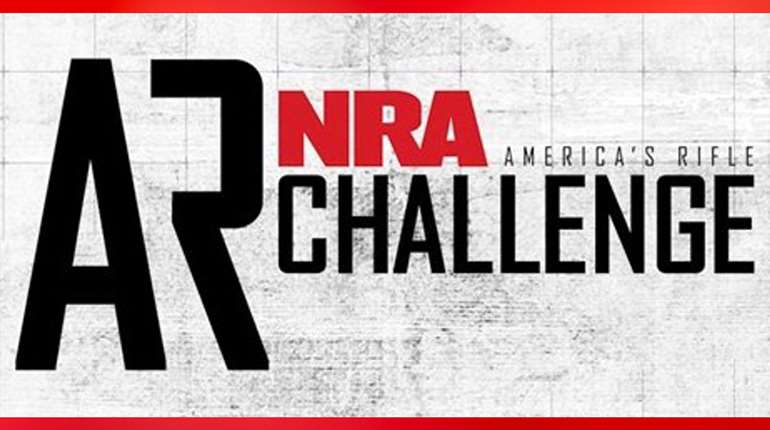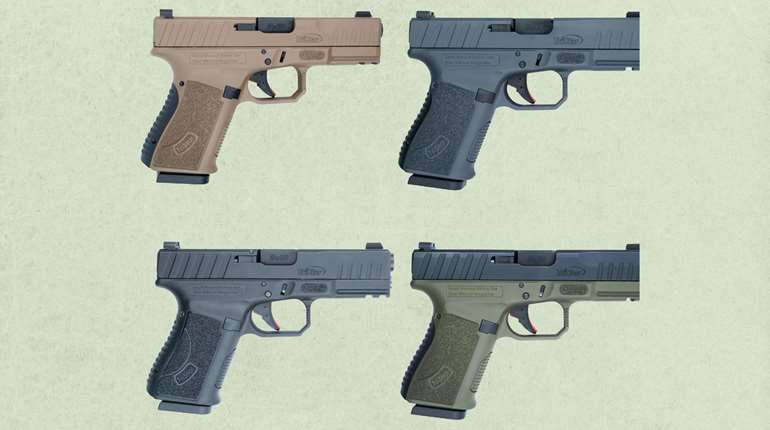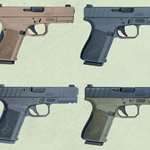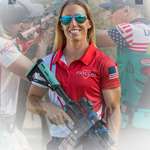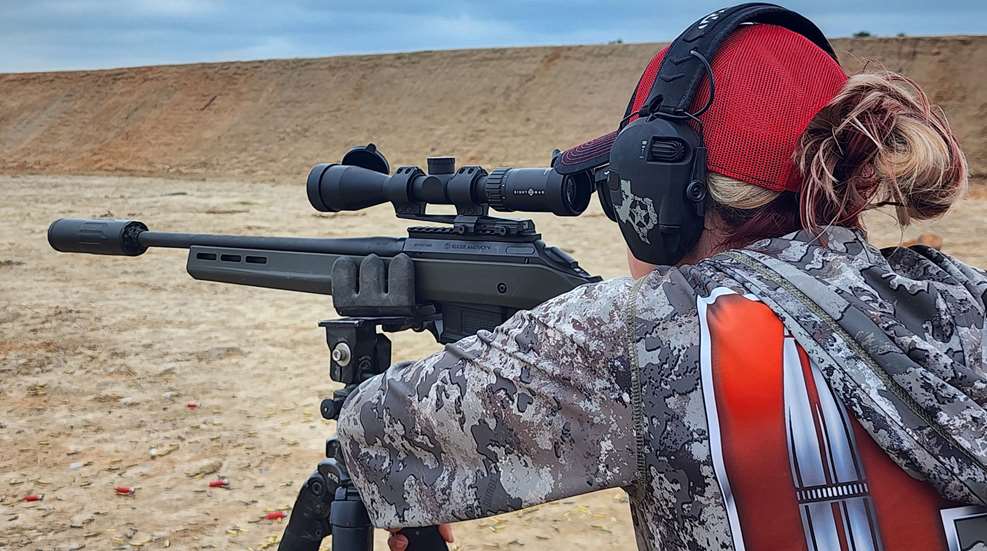
Maybe it’s human nature to have one fatal flaw, one blind spot, one stupid mistake we keep making over and over because we just can’t seem to get it. Maybe it’s just me. Either way, I know exactly what my one stupid mistake is: Keeping my riflescope’s magnification cranked up.
This dumb mistake has cost me time, a couple of animals and a ton of frustration over the years. I am getting better at it, but I still regularly make the mistake of dialing my scope all the way up and then forgetting to turn it back down. Then I go to use the scope and frustratingly, I can’t find the target. It’s so dumb, yet somehow I keep doing it.

Proof of the author’s continued blind spot when it comes to magnification: This scope is still dialed up to high magnification after her last range session.
Contrary to the advice of shooting instructors and just about everyone who is better at this than I am, I like to shoot with my magnification dialed up pretty high—not all the way, usually, but I like the target pretty large in my scope. I guess it’s that whole “aim small, miss small” thing, or at least my warped version of it. But I’ve made a conscious effort to shoot with less and less magnification over the years, for several reasons.
First, you truly don’t need it. I’ve been using high magnification as a kind of crutch, thinking it’s easier to focus on an exact aiming point if the target takes up a lot of the scope with little room for other distractions in my view. This is short-sighted for reasons I’ll explain later, and it’s just plain incorrect. I once had a shooting instructor force me to take a 1,000-yard shot on much lower magnification once just to prove to me that I could do it as easily as I could with higher magnification, and of course, I could. I just need to practice it more and get used to what the sight picture looks like when the target isn’t filling my scope. It’s partly a confidence thing, aka, mostly in my head.
Second, the higher you magnify an image, the less steady the image appears. Any tiny wobble and movement will be amplified, leading to a shaky-looking image at high magnification from field-shooting positions (like in hunting). And when it looks like the crosshairs are bouncing all over the place, your confidence in your ability to make a good shot starts to plummet.
Third, higher magnification means compromised clarity, brightness and details, especially around the edges of the image.
Lastly, and probably most importantly, the higher your magnification, the smaller your field of view. This makes it a lot harder to find a target in the first place and to get back on it after the shot. In precision target shooting where the guns are heavy and the recoil is very well controlled, this might be less of a problem, because you can control the gun well enough to maintain the sight picture after each shot. In hunting, reduced field of view is a huge problem for multiple reasons.
I have lost at least two animals that I can specifically recall because I had sighted my rifle in at the range with the magnification dialed all the way up, then forgotten to turn it down before the hunt. When an animal appeared in the field, my scope was so cranked up that it was like trying to find the deer through a drinking straw. Have I mentioned that this has happened to me at least twice?
It is much, much easier to keep your scope on the lowest magnification setting so that when you throw the gun up to your shoulder, you can see through the scope most of what you can see with your naked eye. You’ll immediately know exactly where the animal is, and you can then dial in the magnification if you need to to get that closer-up view you might like.
But I’ll go one step further and encourage you to start trying to shoot with less and less magnification. It’s faster, it provides a steadier image with less wobble, and it preserves some of the field of view around your target. This is especially important in hunting so that you can keep track of your animal if it’s moving, and you can see well in advance if another animal is about to wander into the shot or spook the whole herd out of there. And a wider field of view is always safer in environments with dangerous game around—wouldn’t you like to be aware that a grizzly bear just entered the meadow your elk is feeding in 150 yards away? If your scope is cranked up so the elk’s body fills most of the scope, you’d never know.
It's also important that you don’t buy a scope with more magnification than you need, at least on the lower range, for the same reason. I recently took a Hunter Prep course at Gunsite Academy, using a gun with a 4-10X scope. Unbeknownst to me, we did some drills at just 25 yards, and I had a terrible time finding the target even on my lowest 4X setting. By the end of the week, I was wishing I’d chosen at least a 3-9X scope to give me a little more field of view at close range. When hunting, you never know when a target (or dangerous game) might pop up much closer than you expected.
I still fail at this sometimes, but now I make a conscious effort to dial a scope’s magnification back to its lowest setting every time I walk away from a gun, whether it’s for a break at the range or to put the gun up for the day. This way I’m always starting at the same place when I pick the gun back up, and it eliminates the chance of me losing yet another animal to the too-much-magnification error.
Give it a try. Next time you’re at the range, try shooting on your lowest magnification setting. Enjoy the steadier picture and see how it feels, getting a feel for what the sight picture looks like when the target isn’t filling your scope. And when you’re done shooting for the day, dial it back!












